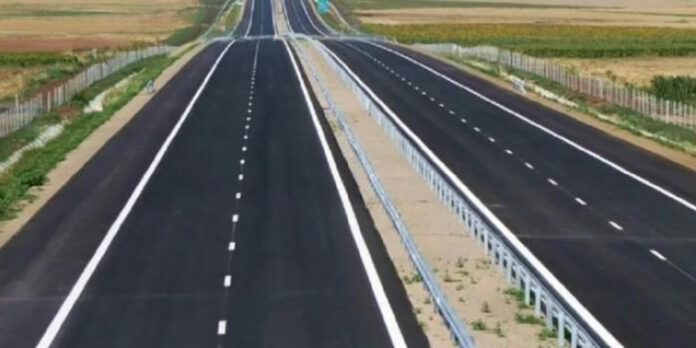Chinese construction firm China Road and Bridge Corporation (CRBC) and the National Social Security Fund (NSSF) have won a multi-billion tender to build the Rironi-Mau Summit toll highway.
This was announced by the Kenya National Highways Authority (KeNHA) which said that the Chinese-led consortium had been selected over other bidders including the Shandong Hi-Speed Road & Bridge International Engineering Co. Ltd.
The construction of the mega highway is expected to cost at least Sh170 billion, with some estimates claiming the cost could go as high as Sh200 billion.
“The [National Treasury’s Public-Private Partnership] Committee approved the recommendation of the evaluation report, which named the China Road and Bridge Corporation (CRBC) and the National Social Security Fund (Trustees) consortium as the preferred proponent, subject to fulfillment of the technical, financial, environment, social, and legal conditions outlined in the evaluation report,” KeNHA stated.
In the same vein, the Committee’s Director-General Kefa Seda has come out to say that the Chinese consortium was picked because it presented lower toll charges compared to the competitors who had also presented proposals for evaluation. “The base toll was lower,” Kefa told the media.
This approval comes about five months after the NSSF announced in May 2025 that it was planning to put in Sh25 billion into the construction of the project through the consortium.
In this partnership, the NSSF had said that it would pay the money to acquire half of the consortium with CRBC. The two would then partner up in funding for the construction of the highway and recoup their investments through tolls once the highway becomes operational.
This mega project, which is expected to run for 175 kilometres, will be funded through debt at a tune of Sh120 billion with the balance topped up by the consortium.
“The allure of these relatively higher and stable returns is a key motivation behind NSSF’s move into the public-private-partnership (PPP) deal,” NSSF managing trustee David Koros had told local media.
“By investing in the highway project, NSSF aims to earn a robust long-term yield that outpaces typical Treasury securities, ultimately boosting returns for pension contributors while fighting with the fund’s risk appetite.”
Bidding for the project was reopened after the government cancelled the construction of the highway in April 2024. The cancellation had followed a fallout between the current government and the financiers from France who had been tipped to construct the highway by the government of former President Uhuru Kenyatta.
The French consortium made up of Vinci Highways SAS, Meridian Infrastructure Africa Fund, and Vinci Concessions SAS was set to expand the main highway from Nairobi to western Kenya into a four-lane dual carriageway through a public-private partnership (PPP) model.
Initially, the highway was meant to be used on a toll-basis. Users of the Mau Summit highway were to pay Sh. 6 per kilometre. This would translate to Sh. 1,398 for the entire Rironi-Nakuru-Mau Summit highway.
Under this arrangement, the French consortium operating as Rift Valley Highway Limited was expected to recover its investment and profits in around 30 years. Among the reasons that the current government cited for the tender cancellation included the toll fees that had been proposed for the road.
“The was actually going to be the biggest infrastructure transaction in Africa. Unfortunately, that transaction was going to cost the user Sh. 800 to drive 175 kilo- metres in a small car and close to Sh. 6,641 for one truck to go 175 kilometres,” a representative of the National Treasury had stated.
The project had attracted mega financiers outside of the French consortium. For example, in February 2022, the World Bank through its financing arm International Finance Corporation joined the battle to fund the construction of the expressway.
Through the IFC, the World Bank had become the latest entry to make an expression of interest in the project. Following this expression, the IFC had published the project’s environmental and social impact assessment (ESIA) documents for public review before it commits to funding the road.
Prior to this pitch, the African Development Bank (AfDB) had also expressed interest in funding the mega project. Ironically, in late April 2024, President William Ruto had announced that the commencement of the construction of the road was on course before his government made a U-turn and cancelled the tenders.
“We are well on course to dualling the Nairobi-Nakuru Highway. Before the end of this [2024], we will begin the dualling of the road between Nairobi and Nakuru all the way to Eldoret and possibly to Malaba,” he had publicly said.
READ MORE: How US-China trade war stalled Nairobi-Mombasa expressway project








